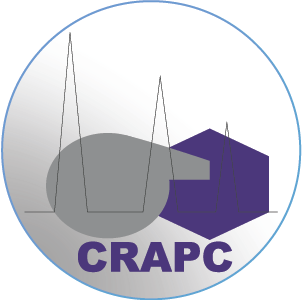Author links open overlay panel
aCentre de Recherche Scientifique et Technique en Analyses Physico-chimiques(CRAPC), BP384, Bou-Ismail, RP 42004, Tipasa, AlgeriabUniv Rennes, CNRS, ISCR (Institut des Sciences Chimiques de Rennes)-UMR 6226, F-35000, Rennes, FrancecUniv Rennes, Ecole Nationale Supérieure de Chimie de Rennes, CNRS, ISCR (Institut des Sciences Chimiques de Rennes)-UMR 6226, F-35000 Rennes, France
Received 12 May 2020, Revised 30 June 2020, Accepted 15 July 2020, Available online 16 July 2020.
Abstract
Currently, Covid-19 pandemic infects staggering number of people around the globe and causes a high rate of mortality. In order to fight this disease, a new coumarin derivative ligand (4-[(pyridin-3-ylmethyl) amino]-2H-chromen-2-one) (LTA) has been synthesized and characterized by single-crystal X-ray diffraction, NMR, ATR, UV-Visible and cyclic voltammetry. Chemical reactivity, kinetic and thermodynamic studies were investigated using DFT method. The possible binding mode between LTA and Main protease (Mpro) of SARS-CoV-2 and their reactivity were studied using molecular docking simulation.
Single crystal X-ray diffraction showed that LTA crystallizes in a monoclinic system with P21 space group.
The reactivity descriptors such as nucleophilic index confirm that LTA is more nucleophile, inducing complexation with binding species like biomolecules. The kinetic and thermodynamic parameters showed that the mechanism of crystal formation is moderately exothermic.
The binding energy of the SARS-CoV-2/Mpro-LTA complex and the calculated inhibition constant using docking simulation showed that the active LTA molecule has the ability to inhibit SARS-CoV-2.

